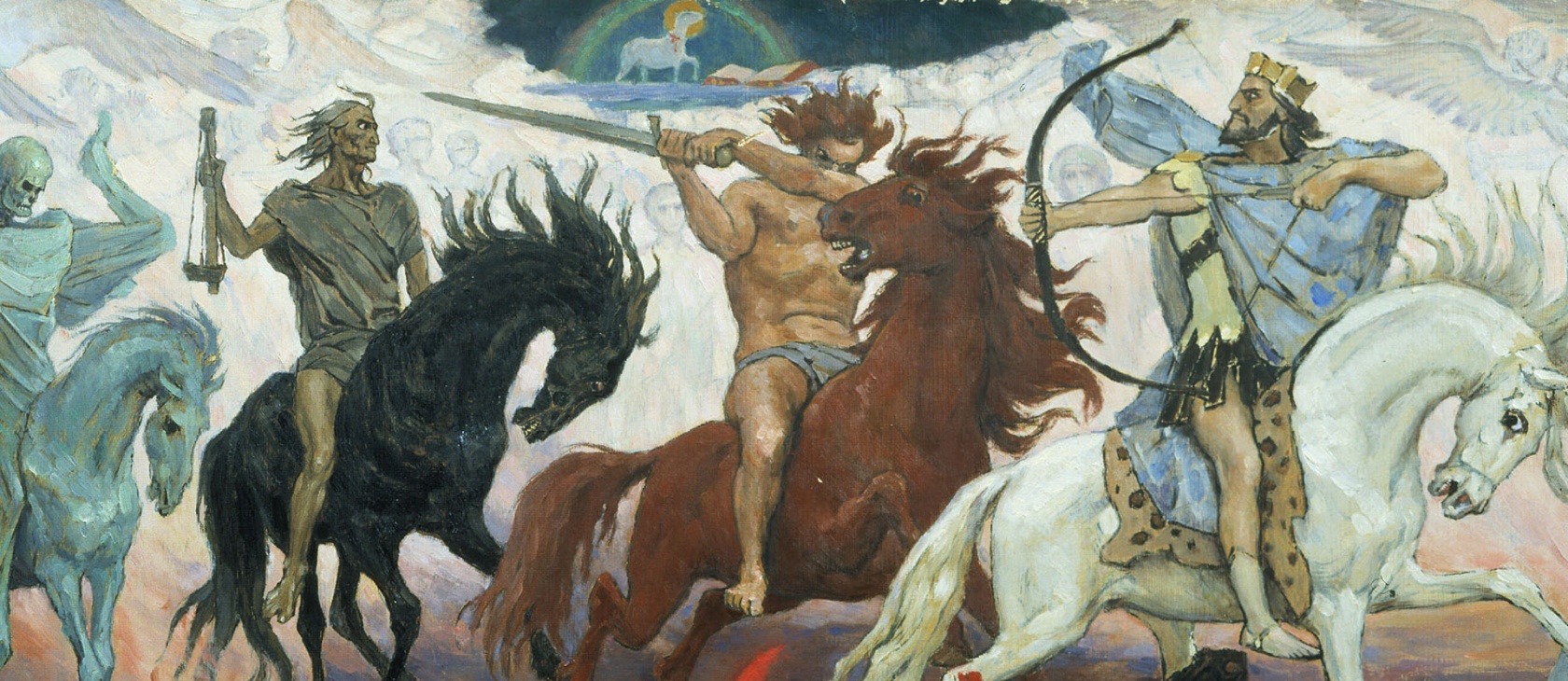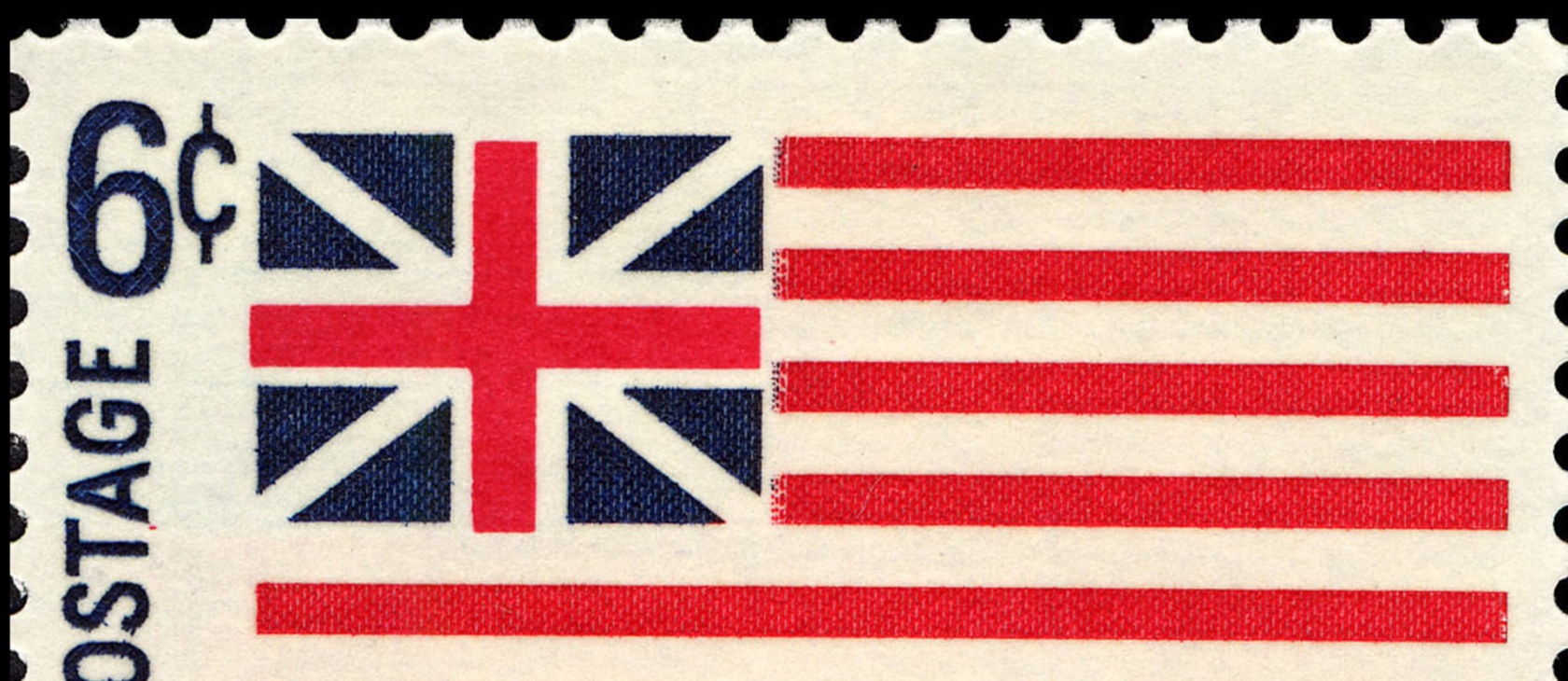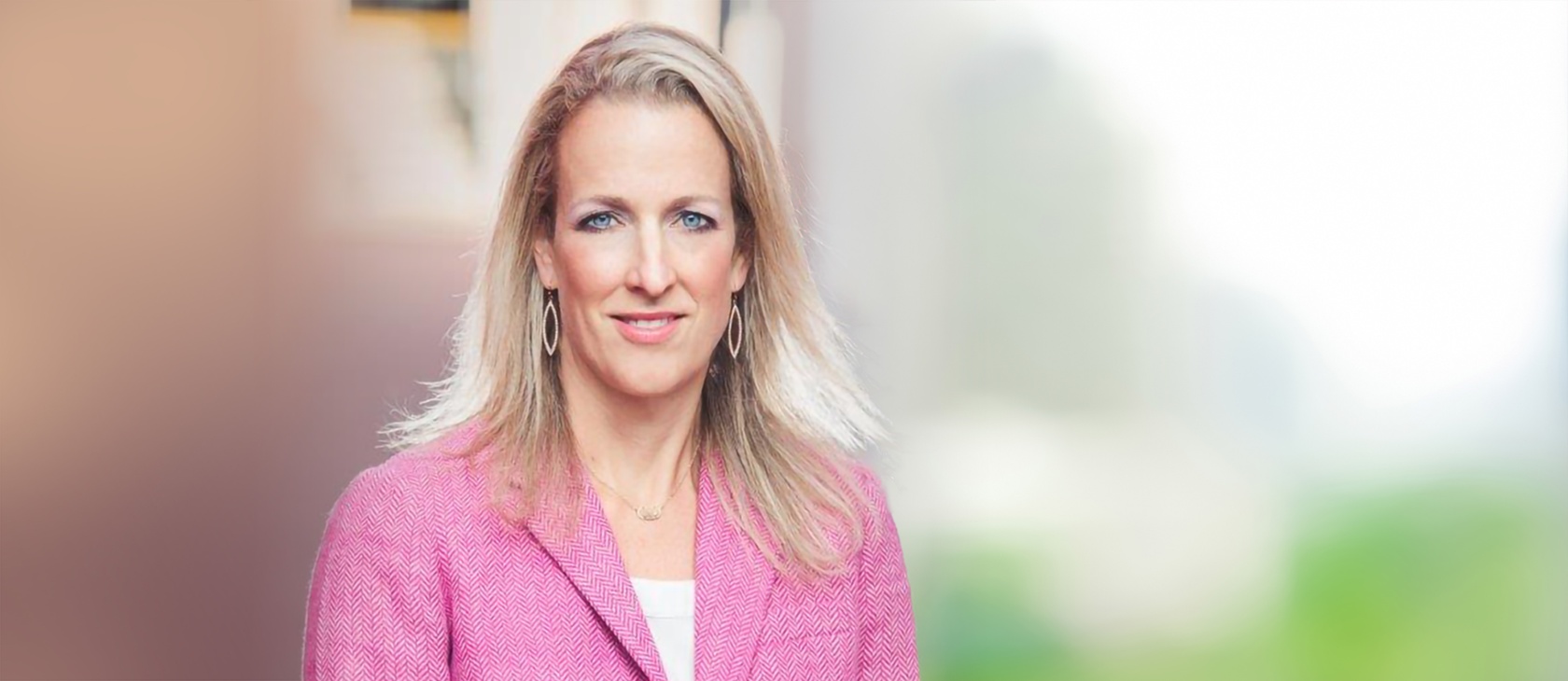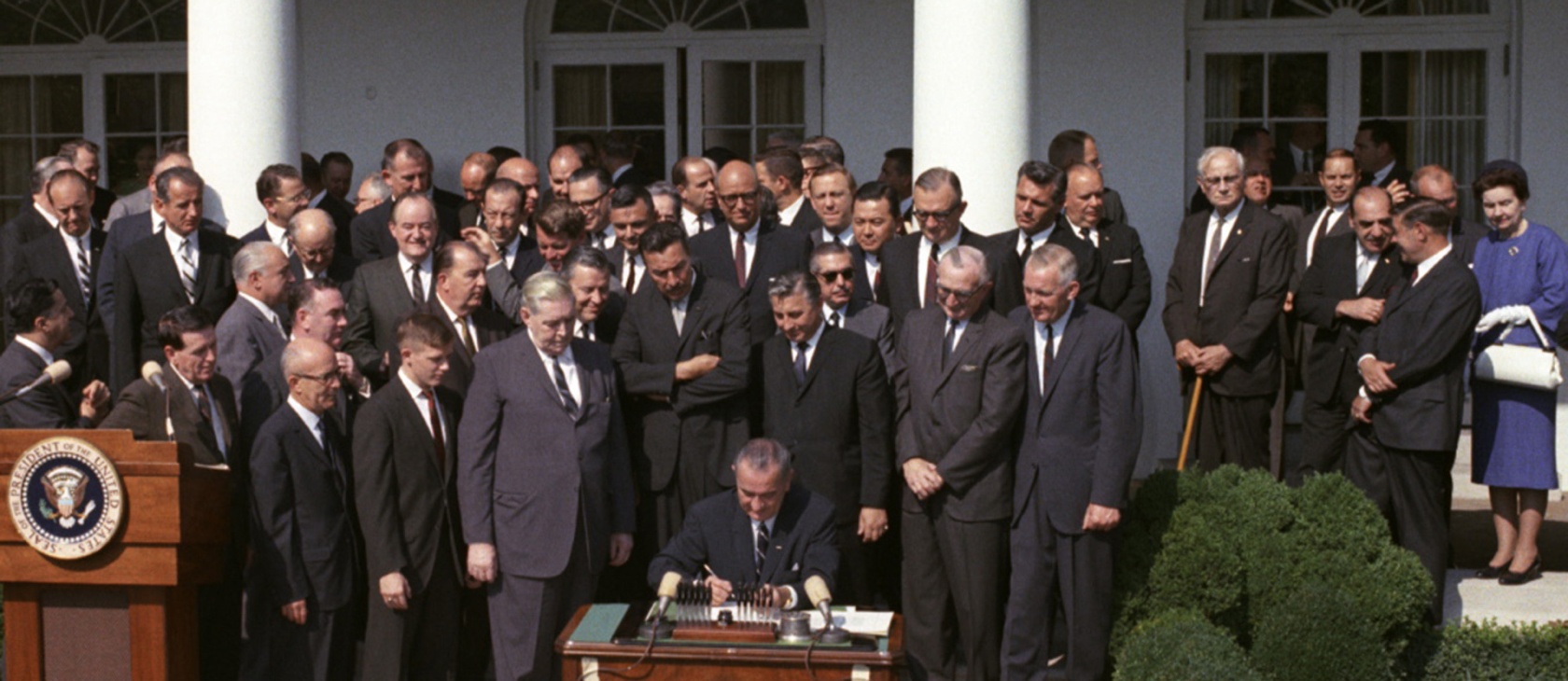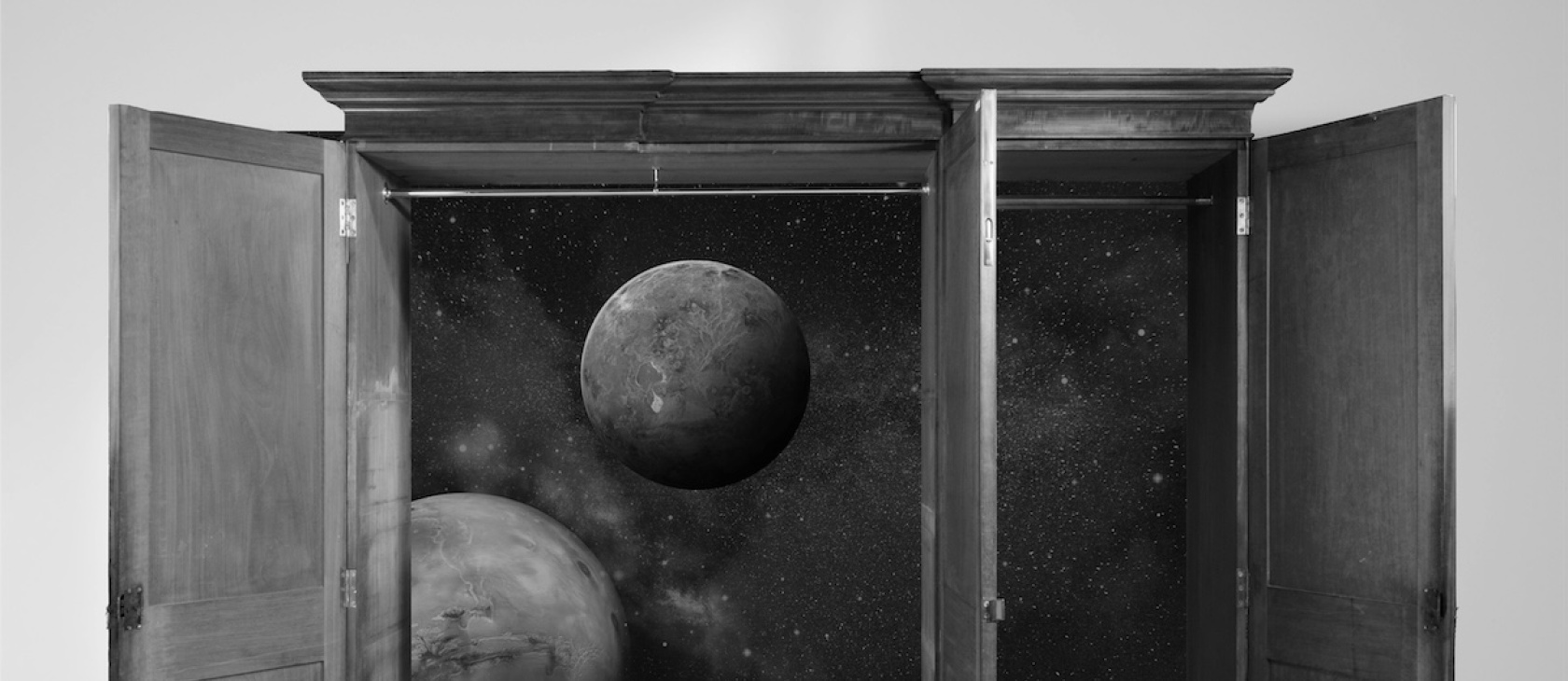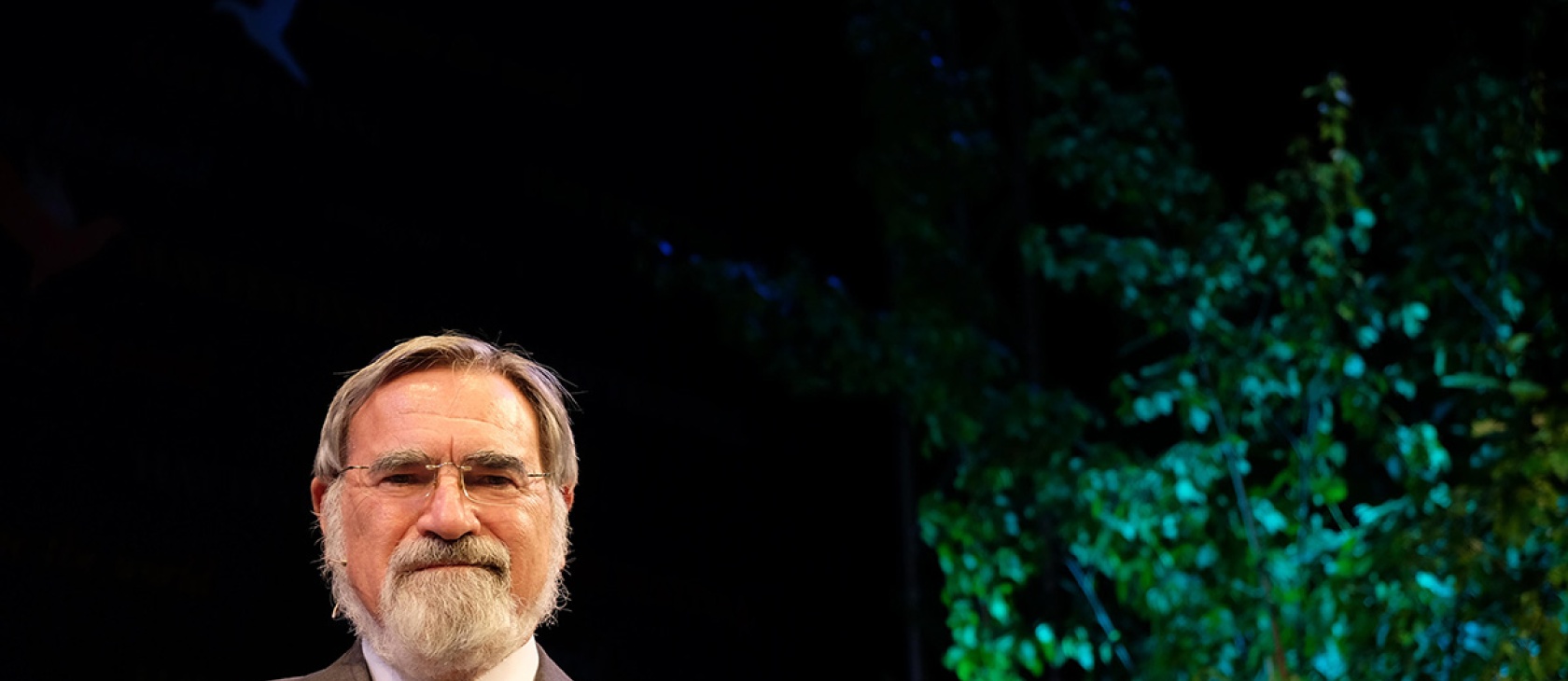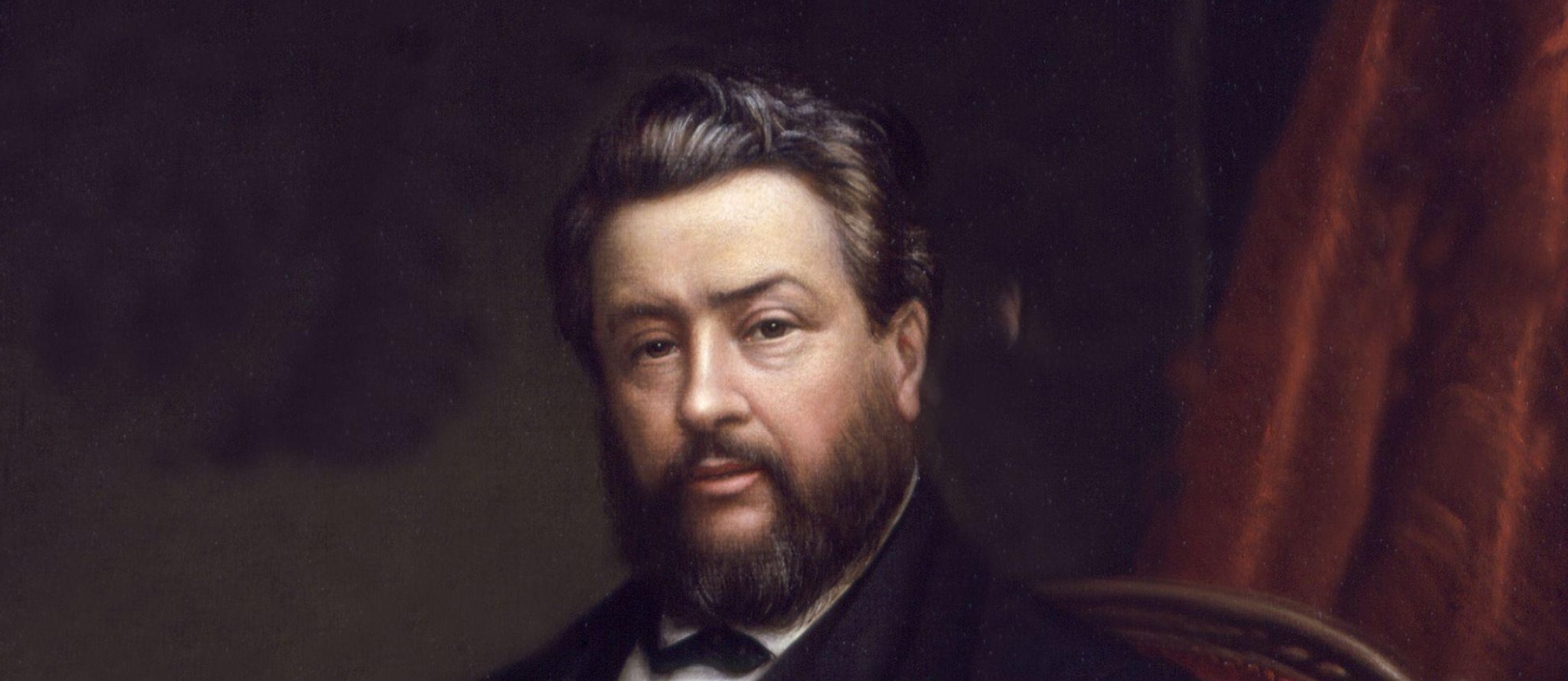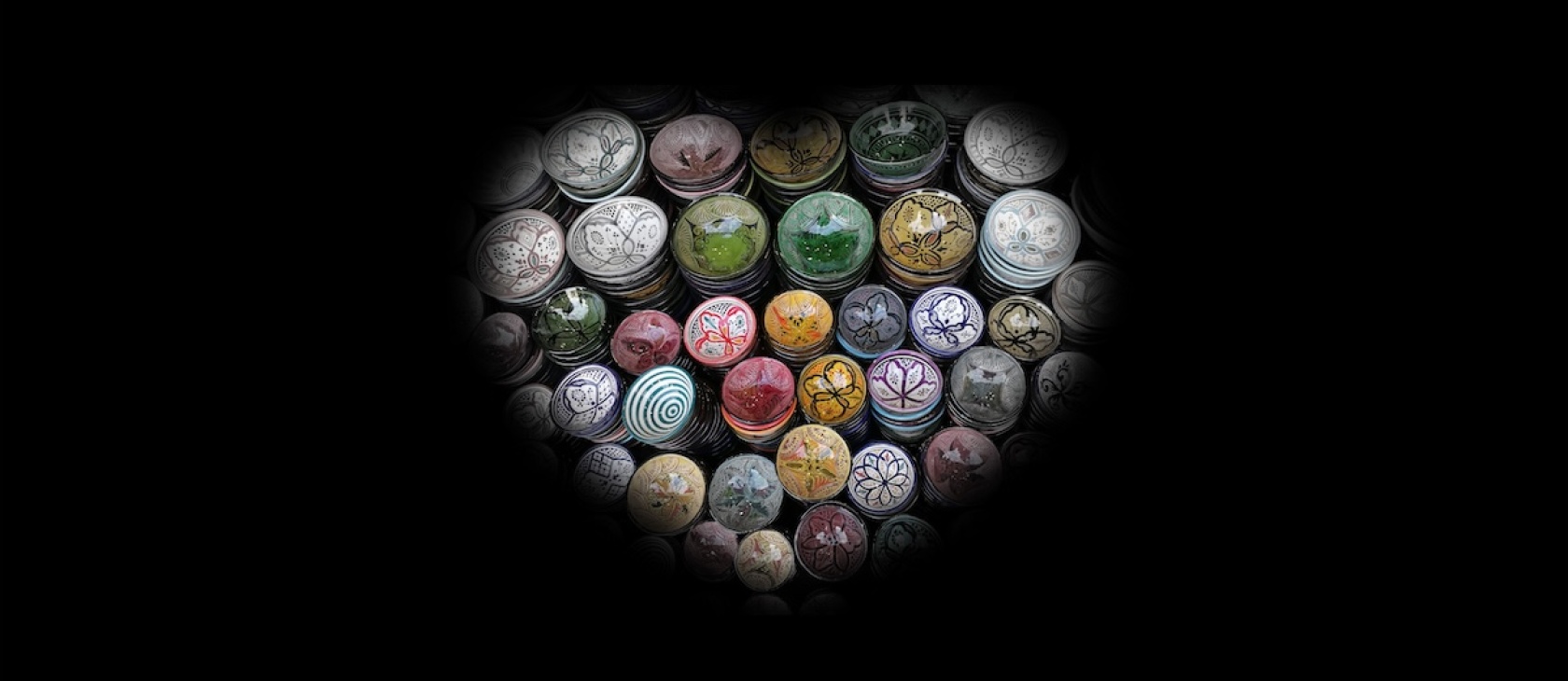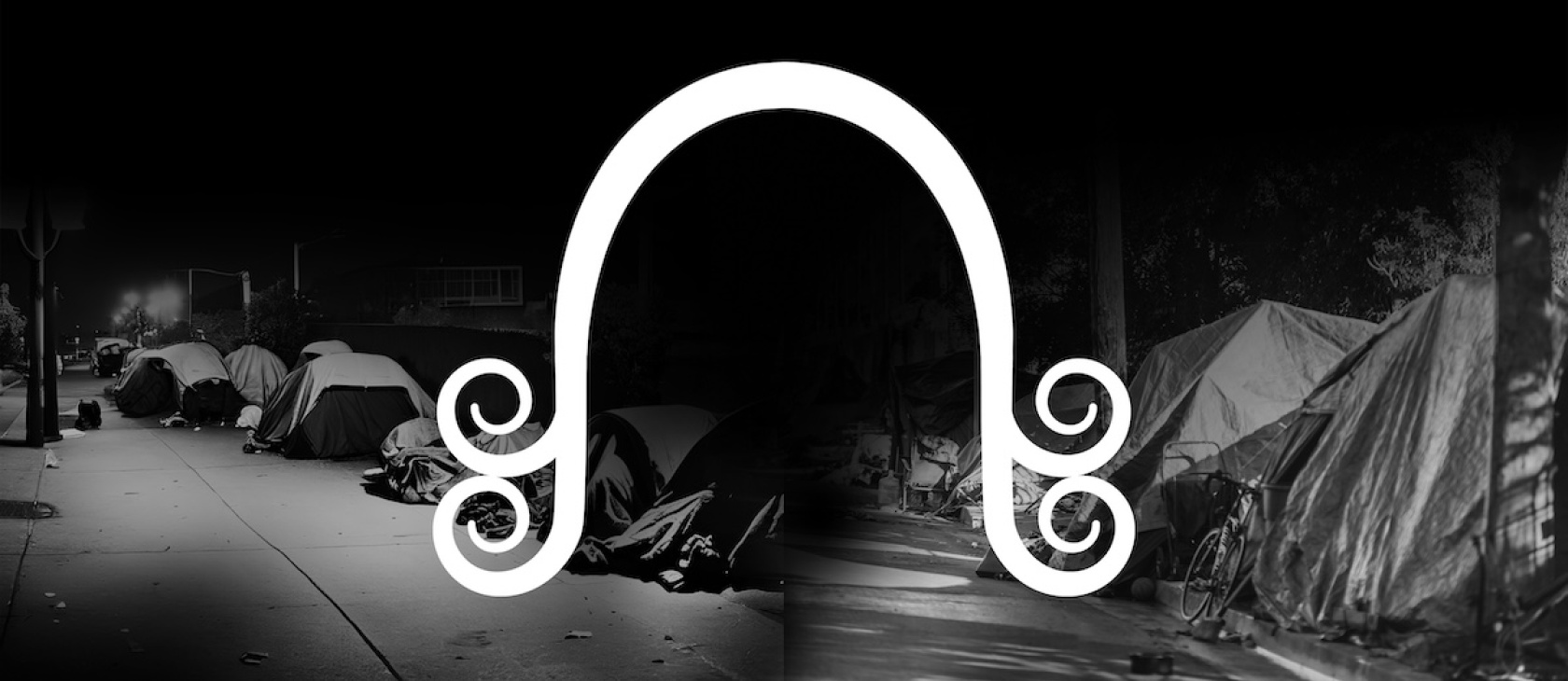


The power of Hollywood is such that “The Big Lebowski” may be as well-known as Tom Hayden. Both were members of the Students for a Democratic Society (SDS), the national student activist association founded in the 1960s. In the film, the fictional Jeff Lebowski claimed to be the author of SDS’s “original Port Huron Statement, not the compromised second draft.” Hayden was a real member of SDS, sometimes credited as the founder of the gold standard of campus activist organizations. Because recent protests at America’s colleges and universities have been compared to 1960s campus radicalism, Hayden (who died in 2016) may finally be more popular than Lebowski. If so, analogies drawn between the 2020s and the 1960s must also factor in Hayden’s evolution from campus radical to California state legislator (1982 to 2000).
When observers use today’s student protests as the lens through which to view all campus radicalism, it becomes easy to miss how serious Hayden’s generation of activists were about reforming American institutions. They did not coordinate clothes and accessories or pose for photos. They needed to rely on journalists, not social media, for publicity. They read books published by university presses that inspired their proposals. And they sat in classrooms (as Joseph Dorman’s wonderful documentary, “Arguing the World” shows) to seek counsel—later disregarded—from their elders in the Old Left, the Trotskyites turned Neo-Cons.
By 1968, SDS could not contain all the forces on the Left, which is why many associate today’s student protests with the campus unrest of the 1960s. In that important year, the New Left had identified the Vietnam War as the most glaring example of America’s wicked hegemony. Some SDS members broke away to form the Weather Underground as a revolutionary vehicle for “bringing the war home.” This was also several years after the free speech movement—most notably exhibited at the University of California, Berkeley—became the most visible element of student protests. SDS had a short run for implementing its proposals before radicalized youth took up other complaints. On the upside, between 1965 and 1968, SDS increased membership from 2,000 to 100,000—but size also brought confusion and division.
Even before the collapse of SDS, the organization was undisciplined. Hayden threw himself (1964) into community organizing among the urban poor in Newark, New Jersey. Another SDS president, Todd Gitlin, who had a successful academic career as a sociologist and cultural critic, organized a Baltimore protest to integrate a whites-only amusement park. The one SDS president, Carl Oglesby, who in 1965 galvanized the organization’s opposition to Vietnam, came to the student group as a technical writer for the Bendix Corporation in Ann Arbor, Michigan. Although SDS refused to denounce Communism as its parent organization, League for Industrial Democracy, had, the reasons were as much liberal as ideologically Left. When Hayden and Gitlin met with the radical community organizer, Saul Alinsky, the elder Leftist considered SDS’s hopes for participatory democracy to be too liberal and naïve. The 1970 Congressional Committee on Internal Security reached a similar conclusion: SDS was “socialist-inclined, but it was not favorably disposed toward communism.”
The Port Huron Statement itself, unlike the website of the Columbia University Apartheid Divest, called students to work for a better world. Its aspirations were idealistic but hardly unreasonable for young adults before taking on a mortgage and child-rearing. SDS conceived of politics as “bringing people out of isolation and into community, thus being a necessary, though not sufficient, means of finding meaning in personal life.” The Statement also called for a process that provided outlets for “opposing views” on the way to “clarifying problems in a way instrumental to their solution.” In the realm of economics, SDS aspired to work that was meaningful, that involved “incentives worthier than money or survival,” encouraged “respect for others” and a “willingness to accept social responsibility.” If conservative students behind Young Americans for Freedom (formed in 1960) heard echoes of the conservative author Russell Kirk’s critique of suburbia’s shallow materialism, they were perceptive. In his 1954 essay, “The Problem of Tradition,” Kirk scoffed at Americans who maintained that nothing was “seriously wrong” in America by pointing to “a commuter’s ticket and a lawn-sprinkler [as] proofs of national greatness.”
Of course, SDS was not conservative. One of the larger sections of the Port Huron Statement includes a set of initiatives for building “a new left.” Still, the hope was to create coalitions rather than achieve ideological purity. “A new left must include liberals and socialists,” the Statement asserted, “the former for their relevance, the latter for their sense of thoroughgoing reforms in the system.” The key to this bridge-building was the university. This American institution was “a more sensible place than a political party” for discussing “differences” on the way to “a political synthesis.” This was a plan, apparently, before leaders took either to community organizing or public protests.
Having truth and power on your side allows you to speak from campus for the oppressed. This is in marked contrast to SDS leaders who traveled to cities and to the South to participate in local protests.
The idealism of SDS was particularly evident in its esteem for the university as the site for “participatory democracy.” After a long struggle for universal suffrage from the late eighteenth century to the Civil Rights movement, adding “participatory” to “democracy” always sounded redundant. When was democracy not participatory? At the same time, to regard universities as democratic is to misunderstand one of the most hierarchical institutions in modern society. All faculty aspire to tenure and the highest rank of full professor. Many students still seek 4.0s, inclusion on the Dean’s List, and scholarships for exceptional academic performance.
Today’s students may draw legitimate inspiration from SDS when the Port Huron Statement called for replacing the university’s “administrative bureaucracy” with an “alliance of students and faculty.” Managing institutions is always difficult and thankless work—think of making sure that buildings and grounds have adequate staff to clean bathrooms and clear chalkboards. Add to the work of a university administration fundraising, cultivating good middle managers, vetting faculty recruits, maintaining competitive student recruitment, and schmoozing with alums, and you have a set of duties to which no serious grad student ever aspires. Oglesby experienced first-hand the difficulty of “running things.” His efforts to forge links between the new left and the populist right led to his 1969 defenestration from the organization. Oglesby’s critics claimed he was trapped in a “bourgeois stage” of progressivism and had failed to evolve into “a Marxist–Leninist perspective.” Communists canceled those with liberal sympathies.
Despite that radical turn, SDS students were disturbed by American and international developments that are markedly different from the concerns of today’s protestors even accounting for different eras. The Port Huron Statement begins (awkwardly) with “When we were kids the United States was the wealthiest and strongest country in the world.” They hoped that the United Nations would distribute the West’s influence—“freedom and equality for each individual, government of, by, and for the people—around the world. But they could not help but notice segregation in the South and the dangers of the Cold War, that technology was changing “social organization,” that poverty was still a global crisis, and that too many governments tolerated “anarchy as a major principle of international order.”
As vague as some of these phrases sound today, the plight of contemporary student activists constitutes a different order of abstraction. In her article for The Nation on “The Grit and Resilience of Student Protestors,” Soraya Chemaly describes the trauma of the current generation: “climate catastrophe, widening economic inequality, highly visible and violent social injustices. They’re inheriting water, land, and bodies filled with chemicals. They’ve grown up, carrying bullies, racists, and rapists in their back pockets, as ever-present threats that live on their phones.” In fact, the increases among Americans in “rates of despair and despondence” have compressed most of the ills of “late-stage capitalism and environmental toxicity” on a single generation. And yet, “the most privileged students in the country, risking their physical safety, academic standing, and futures” are “demanding accountability from powerful administrators.”
Sometimes SDS (though many of its initial leaders did not attend elite universities) could sound like coddled students. “We would replace power rooted in possession, privilege, or circumstance by power and uniqueness rooted in love, reflectiveness, reason, and creativity.” That does not sound rebellious or even bratty even if it is something June Cleaver (from “Leave it to Beaver) would say. Neither does SDS’s invocation of Abraham Lincoln: America in 1962 faced a “national stalemate” with a democratic system “apathetic and manipulated rather than ‘of, by, and for the people.’” Although the Port Huron Statement called for dialogue, Columbia University Apartheid Divest simply wants to be heard because “truth and justice are on our side.” Columbia’s protestors also announce that “our power is in the collective.” The campus radical’s task, then, is “to keep speaking out,” even “louder” when others disagree.
Apparently, having truth and power on your side allows you to speak from campus for the oppressed. This is in marked contrast to SDS leaders who traveled to cities and to the South to participate in local protests—Tom Hayden, in 1965, even took an illegal trip to North Vietnam. In the current chapter of campus unrest, social justice involves changing a university’s investment portfolio (how will students verify those allocations?) and offering new courses (Harvard plans to create a center for Palestinian studies).
In hindsight, one of the greatest weaknesses of SDS was its rejection of political parties and labor unions in favor of the university. As Michael Lind and Yuval Levin have warned, distrust of large-scale institutions that can represent diverse groups and allow for genuine participation in public debates is a serious mistake. At the very least, SDS recognized the importance of institutions for involving ordinary Americans even if they were too quick to abandon existing ones.
Today’s students who presume to know how the world works, “that antisemitism, Islamophobia, and racism—in particular racism against Arabs and Palestinians—are all cut from the same cloth: Western colonization, imperialism, white supremacy, and anti-Blackness,” do not appreciate the need in a democracy to involve groups with different interests. SDS was naive about the capacity of the university to reform American society. But those students gave many indications of aspiring to be adults.
